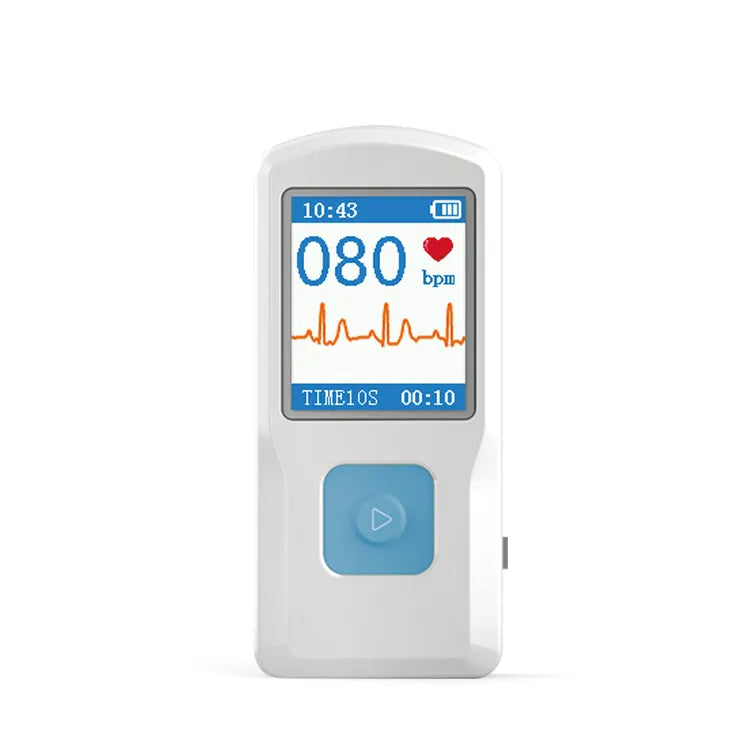EU releases Q&A document on IVDR transition period extension and MDR transition period extension Q&A document update

The European Commission has released a Q&A document regarding the extension of the IVDR transition period, as well as an updated Q&A document on the extension of the MDR transition period, pursuant to Regulation 2024/1860, which was recently published.
Overview of the IVDR Transition Guidance—By Medasia Healthcare
Which devices can benefit from the extended transition period?
The extension applies only to legacy devices. It does not apply to any devices newly entering the European market, i.e. devices that do not have a valid IVDD CE mark on May 26, 2022.
In addition, legacy devices must meet the deadlines set out in Regulation 2024/1860, which start on May 26, 2025. Prior to this date, all legacy IVDs must have implemented an IVDR-compliant quality system and class D devices must have submitted an application to a Notified Body. The deadlines for class A sterile, class B and class C IVDs are outlined here.
If I do not intend to apply for CE marking under the IVDR, does the transition period apply?
In the shorter term, yes.
If manufacturers equip legacy devices with IVDD CE marking, then they can take advantage of Regulation 2024/1860 to continue selling until May 26, 2025. During this time, manufacturers must continue to comply with certain IVDR requirements, including those related to post-market surveillance, vigilance, registration, etc.
However, after May 26, 2025, all manufacturers must implement IVDR-compliant quality systems to continue selling. They must meet each deadline before submitting an application to a Notified Body. Full compliance dates are here.
How do I prove that my older equipment benefits from the extended transition period?
A third party (e.g. a customer or customs broker) may request evidence that the equipment complies with the transitional provisions. Evidence that the manufacturer can provide includes:
1.Self-declaration
It will demonstrate that the device complies with the IVDR extension conditions and applicable deadlines, for example, a quality management system that complies with the IVDR.
2.Submit an application and sign an agreement with the notified body.
TEAM NB recently released a template for the agreement. For more information, please refer to our WeChat article a few days ago.
The statement should clearly list the devices that meet the extension conditions and any applicable IVDD certificates.
3.A confirmation letter from your Notified Body.
It will confirm that the device has met the applicable deadlines for submitting the applicable application and signing the agreement.
Notified bodies can use a standardized template, but one has currently been drafted for the MDR. An IVDR version is expected to be published soon.
The Commission said this "can in principle be published at no additional cost". However, some notified bodies may charge an administration fee.
4.Obtain a Certificate of Free Sale (CFS).
It will list the extended validity period.
EU Competent Authorities may request the above information before issuing a CFS.
The validity period will be based on your compliance at the time of the request, i.e. if the request is made today, you can only issue a validity period before May 26, 2025 if you have not yet implemented a quality system that complies with the IVDR; or if you only submit an application to a Notified Body before the deadline.
What impact will a manufacturer or equipment change have during the transition period?
During the transition period, administrative changes may be made. This includes a change of address of the manufacturer, a change due to a merger or acquisition, or a change of your European Authorised Representative.
However, major changes to the design or intended use of the device cannot be made to legacy devices. Doing so may require compliance with IVDR requirements before that change can be brought to market.
Please refer to MDCG 2022-6 for guidance on major vs. non-major changes.
Do legacy devices have to comply with UDI requirements?
No, even if “legacy devices” are required to comply with IVDR QMS requirements by May 26, 2025, they will not need to comply with IVDR UDI requirements.
Article 10(8)(h) of the IVDR requires that the assignment of a UDI for all relevant devices be validated as part of the quality management system. However, the key point is that it only applies to “relevant” devices, i.e. devices that are CE marked under the IVDR.
Other issues
The document also addresses other questions, such as:
What evidence must a manufacturer provide to demonstrate that a quality management system is in place in accordance with the IVDR?
What are the necessary elements of a formal application submitted by a manufacturer?
What are the necessary elements of a written agreement between a manufacturer and a notified body?
What does “device intended to substitute that device” mean?
Updates to the MDR Transition Q&A document
The MDR Transition Q&A document has been updated to align with the recently released IVDR Transition Q&A Guidance. Some of the updates include:
Additional question 11.1: Do all quality management system aspects listed in Article 10(9) of the MDR have to be addressed?
In principle, yes. However, for some specific QMS aspects listed in Article 10(9) of the MDR, such as points (b), (e) and (f), it needs to be taken into account that the QMS covers “legacy devices”, i.e. devices that are not yet (fully) compliant with the requirements of the MDR.
This means that for these devices, manufacturers are not required to have identified all relevant general safety and performance requirements and options for meeting these requirements, or to have implemented risk management as per Section 3 of Annex I MDR, nor to have performed a clinical evaluation in accordance with Article 61 of the MDR and Annex XIV MDR. However, from 26 May 2024, the manufacturer’s quality management system should address how these requirements are met.
Add last paragraph to question 13: What are the necessary elements of an arrangement to transfer oversight from a Notified Body issuing an MDD/AIMDD certificate to an MDR Notified Body?
"Reminder: Appropriate surveillance under Article 120(3e) MDR applies only to legacy devices covered by a certificate issued by a notified body under the MDD/AIMDD. This also applies to devices covered by an MDD/AIMDD certificate that has expired and which was deemed valid because the conditions set out in the second sentence of Article 120(2) MDR were met; in these cases, appropriate monitoring must be resumed.
Traditional devices for which the conformity assessment procedure under the MDD does not require the involvement of a Notified Body (‘self-declared’ devices under the MDD), but which require the involvement of a Notified Body under the MDR, are not subject to supervision by a Notified Body under Article 120(3e) of the MDR."
References:
IVDR Q&A document download address:https://health.ec.europa.eu/document/download/dfd7a1c6-f319-4682-9bac-77bef1165818_en?filename=mdr_qna-ext-ivdr.pdf
Download link of MDR transition Q&A document:https://health.ec.europa.eu/document/download/592008f6-3456-4afb-a13a-733a87da1b00_en?filename=mdr_proposal_extension-q-n-a_1.pdf
МЫ РЕКОМЕНДУЕМ
Похожие статьи
- Подписаться MedInsights
- Подписаться MedInsights
- Подписаться MedInsights
- Подписаться MedInsights
- Подписаться MedInsights












